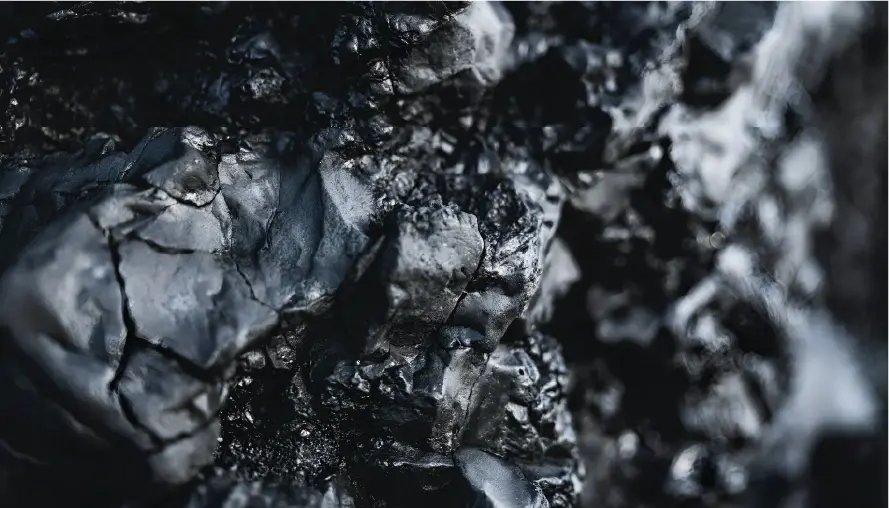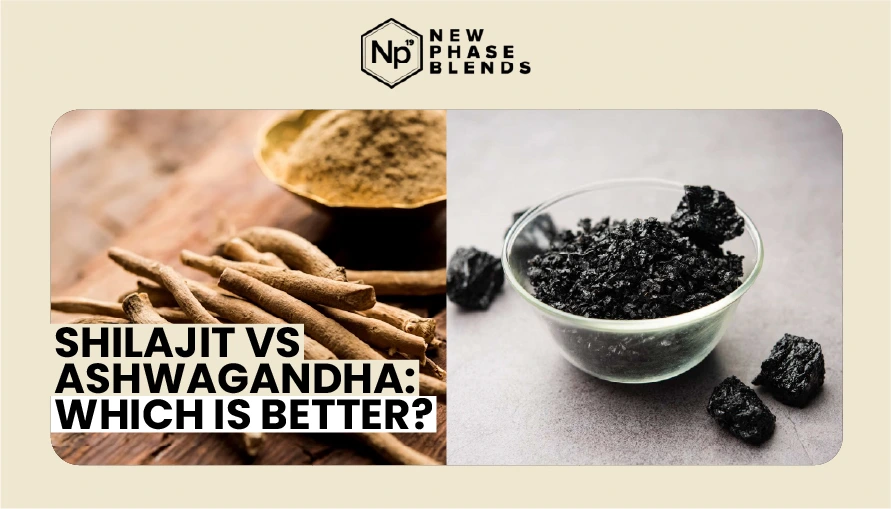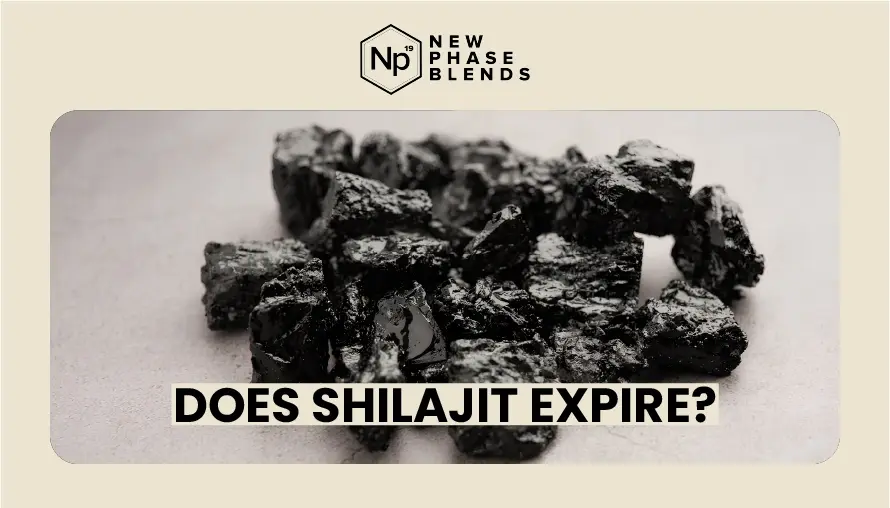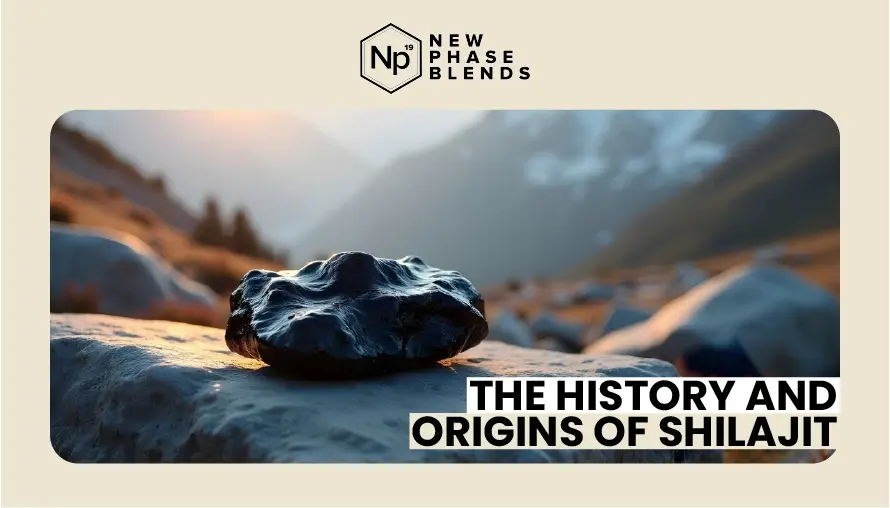If you’re researching natural supplements and have encountered shilajit, you’re likely wondering about its historical origins and how it became such a revered substance in traditional medicine systems. Shilajit, a mysterious tar-like substance that oozes from mountain rocks, has fascinated health practitioners for thousands of years. This article explores the fascinating history of shilajit’s discovery, the civilizations that first utilized it, and how its use spread throughout various regions of the world.
The Discovery of Shilajit: Ancient Origins
Nestled within the rugged Himalayan mountains lies a story of discovery as remarkable as the substance itself. Long before modern science could analyze its composition, ancient healers recognized something extraordinary in the dark, resinous material that seeped from certain mountain rocks. This substance—known today as shilajit—would become one of history’s most revered natural medicines, passed down through generations of traditional healers across multiple civilizations.

When Was Shilajit First Discovered?
The exact moment of shilajit’s discovery remains shrouded in the mists of ancient history, but historical records indicate that knowledge of this substance dates back at least 3,000 years. The earliest documented references to shilajit appear in ancient Ayurvedic texts from India, particularly the Charaka Samhita and Sushruta Samhita, composed between 1500 and 1000 BCE.
These ancient medical treatises describe a dark, resinous substance found in the mountains that possessed remarkable healing properties. According to Ayurvedic tradition, the discovery of shilajit is often attributed to observation of monkeys in the Himalayan regions who would consume the substance during seasonal migrations and subsequently display increased vitality and longevity.
Who First Used Shilajit?
The indigenous peoples of the Himalayan region were almost certainly the first humans to utilize shilajit. Archaeological evidence suggests that local mountain communities in what is now Nepal, Tibet, and northern India were harvesting and using this substance for its medicinal properties long before it was formally documented in medical texts.
However, it was the ancient practitioners of Ayurveda who first systematically documented and incorporated shilajit into a formal medical system. Ayurvedic physicians termed it “the destroyer of weakness” and considered it one of the most important substances in their pharmacopeia. Within the Ayurvedic tradition, shilajit earned the classification of a “rasayana” – a special category of rejuvenating substances believed to promote longevity and overall vitality.
Geographic Origins: Where Shilajit Was Found
Nestled within the rugged Himalayan mountains lies a story of discovery as remarkable as the substance itself. Long before modern science could analyze its composition, ancient healers recognized something extraordinary in the dark, resinous material that seeped from certain mountain rocks. This substance—known today as shilajit—would become one of history’s most revered natural medicines, passed down through generations of traditional healers across multiple civilizations.

If you’ve ever heard of shilajit referred to as Himalayan shilajit, it’s because of this is the region shilajit was first found.
The Himalayan Heartland of Shilajit
The primary historical source of shilajit has always been the Himalayan mountain range, spanning the territories of present-day India, Nepal, Tibet, Pakistan, and Bhutan. At elevations between 1,000 and 5,000 meters, specific rock formations create the unique conditions necessary for shilajit formation. The substance emerges from cracks in these rocks during summer months when the mountain heat causes it to exude from its source.
The name “shilajit” itself provides clues to its origin – derived from Sanskrit, it combines “shila” (rock) and “jit” (conqueror), essentially meaning “conqueror of mountains” or “rock invincible.” This name reflects not only its physical origin from mountain rocks but also its perceived strength as a medicinal substance.
Beyond the Himalayas: Other Historic Sources
While the Himalayas remain the most famous source, historical records indicate that shilajit was also harvested from other mountain ranges:
- The Altai Mountains of Central Asia and Russia
- The Caucasus Mountains spanning Eastern Europe and Western Asia
- The Gilgit-Baltistan region (modern-day Pakistan)
- The Tian Shan mountain range of Central Asia
Each regional variety developed its own reputation for specific qualities and medicinal properties, though Himalayan shilajit has historically been considered the most potent and desirable.
Traditional Use Of Shilajit Across Ancient Civilizations
Ayurvedic Applications in Ancient India
In classical Ayurvedic medicine, shilajit held an esteemed position as a panacea capable of treating numerous ailments. The ancient text Charaka Samhita describes it as beneficial for genitourinary disorders, diabetes, digestive issues, respiratory conditions, and general debility. Ayurvedic practitioners traditionally prescribed shilajit in combination with other herbs, often mixed with milk or honey to enhance palatability and absorption.
One of the most significant Ayurvedic applications was its use as a “yogavahi” – a substance that enhances the properties of other medicines when combined with them. This synergistic quality made shilajit an essential component in many complex Ayurvedic formulations.
Tibetan Medicine and Shilajit
As knowledge of shilajit spread northward into Tibet around the 7th-8th centuries CE, it became incorporated into the Tibetan medical system known as Sowa Rigpa. Tibetan medical texts refer to the substance as “brag zhun,” describing it as one of the essential ingredients in many traditional formulations.
Tibetan physicians valued shilajit particularly for its warming properties and its ability to treat kidney disorders, bone ailments, and mental exhaustion. The traditional Tibetan preparation often involved purifying raw shilajit through specialized processes before combining it with other medicinal substances.
Ancient Persian Medicine
By the 8th century CE, knowledge of shilajit had reached Persia (modern-day Iran), where it was incorporated into Unani medicine under the name “momio” or “mumie.” Persian physicians, including the famous Avicenna (Ibn Sina), documented its use in their medical compendiums. These texts described momio as effective for fracture healing, pain relief, and treatment of injuries.
Persian historical records indicate that royal physicians would prescribe this substance specifically for kings and nobles, considering it a royal medicine due to its rarity and perceived effectiveness.
Knowledge Of Shilajit Spread Through the Silk Road
The ancient trade networks of the Silk Road played a crucial role in disseminating knowledge about shilajit beyond its original Himalayan homeland. Merchants traversing these routes carried not only the physical substance but also information about its medicinal applications between Eastern and Western civilizations.
This exchange facilitated the incorporation of shilajit into various medical traditions, each adapting its use according to their existing medicinal frameworks. By the 10th century CE, references to substances matching shilajit’s description appear in medical texts from regions throughout Central Asia and parts of the Middle East.
Colonial Era Documentation of Shilajit
European awareness of shilajit emerged primarily during the colonial period in India. British physicians and naturalists in the 18th and 19th centuries documented the substance in their accounts of indigenous medical practices. These early Western observations often approached shilajit with scientific curiosity, attempting to analyze its composition and understand its purported benefits.
One notable account comes from Sir William O’Shaughnessy, a physician with the East India Company, who in the 1830s described shilajit as “a bituminous substance of high repute in Hindu medicine.” These early Western documentations marked the beginning of shilajit’s introduction to European and eventually global awareness.
Common Misconceptions About Shilajit’s History
Despite its rich historical background, several misconceptions about shilajit persist:
- Confusion with petroleum products: While shilajit has a tar-like appearance, it is not a petroleum derivative but rather the result of decomposed plant matter transformed over centuries.
- Recent discovery: Some assume shilajit is a newly discovered substance, when in fact it has one of the longest documented histories of any natural medicinal substance.
- Limited regional use: Though primarily associated with Indian and Tibetan medicine, shilajit’s historical use was far more geographically widespread than commonly believed.
The Legacy of Traditional Shilajit Knowledge
The ancient knowledge of shilajit’s applications has left an enduring legacy that continues to influence contemporary interest in this substance. Modern researchers investigating shilajit’s potential benefits often look to historical texts for guidance on traditional applications that might merit scientific investigation.
Today’s growing interest in traditional medicine systems has sparked renewed attention to substances like shilajit that have withstood the test of time. As you consider shilajit as a potential supplement, understanding its rich historical background provides valuable context for its contemporary use and the wealth of traditional knowledge supporting its applications.
This ancient substance, first discovered by indigenous mountain peoples thousands of years ago, continues its remarkable journey from the crevices of remote mountains into the modern world of health supplements – carrying with it millennia of human experience and traditional wisdom.






















